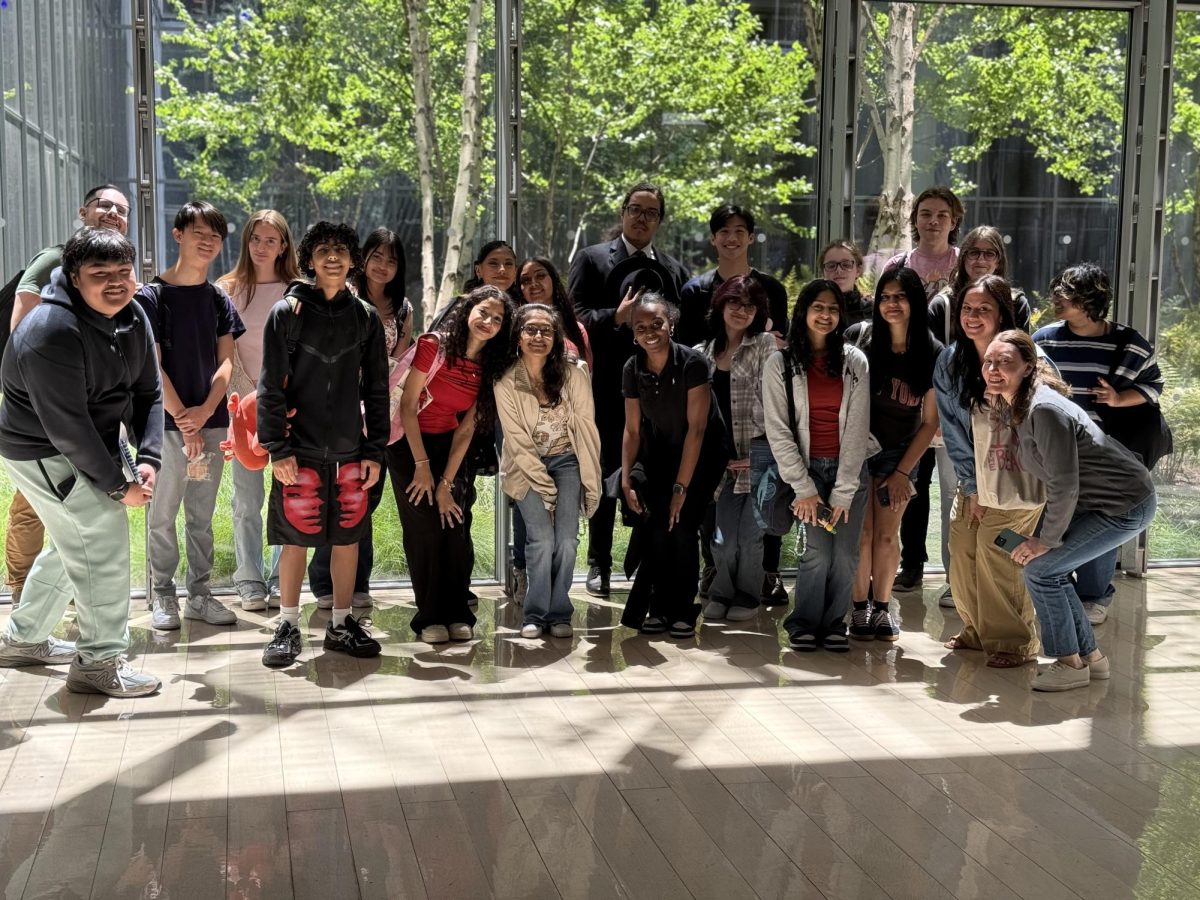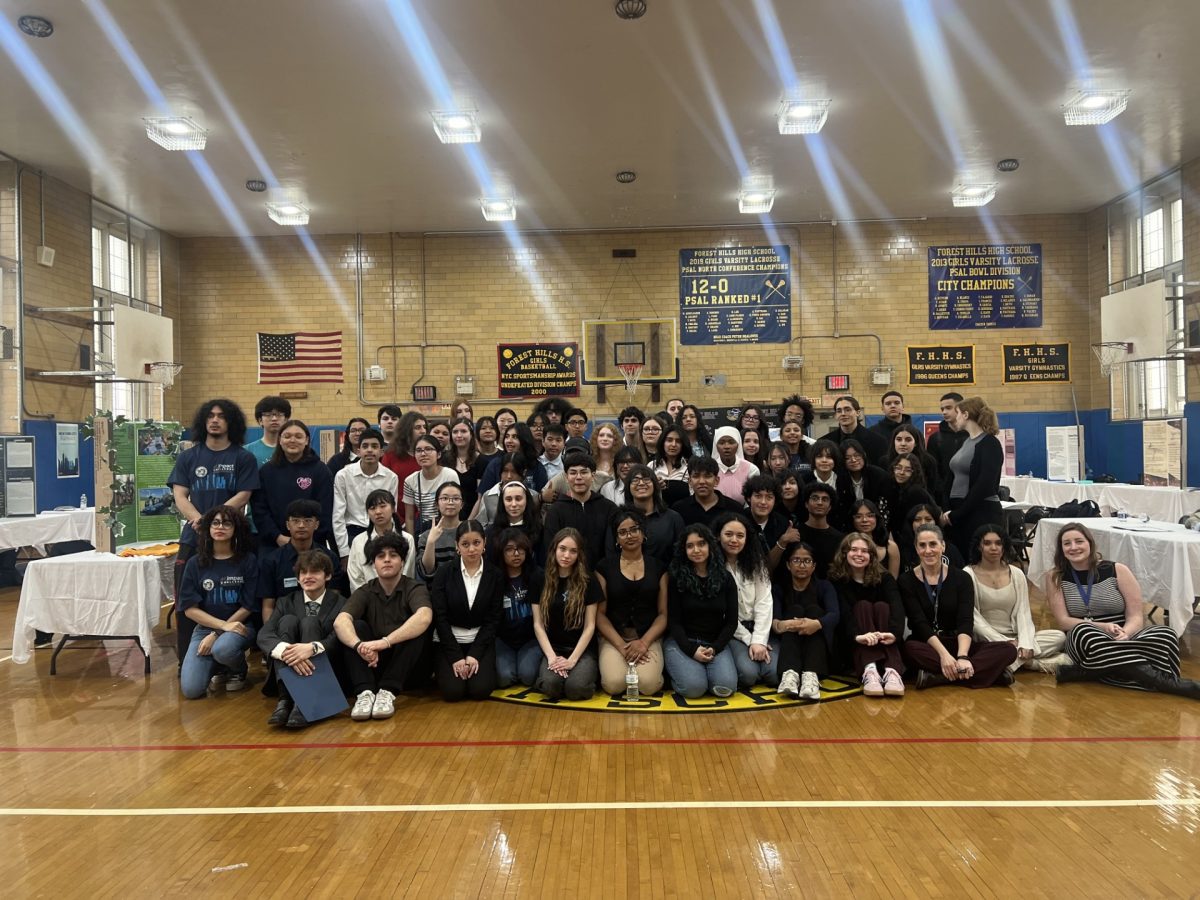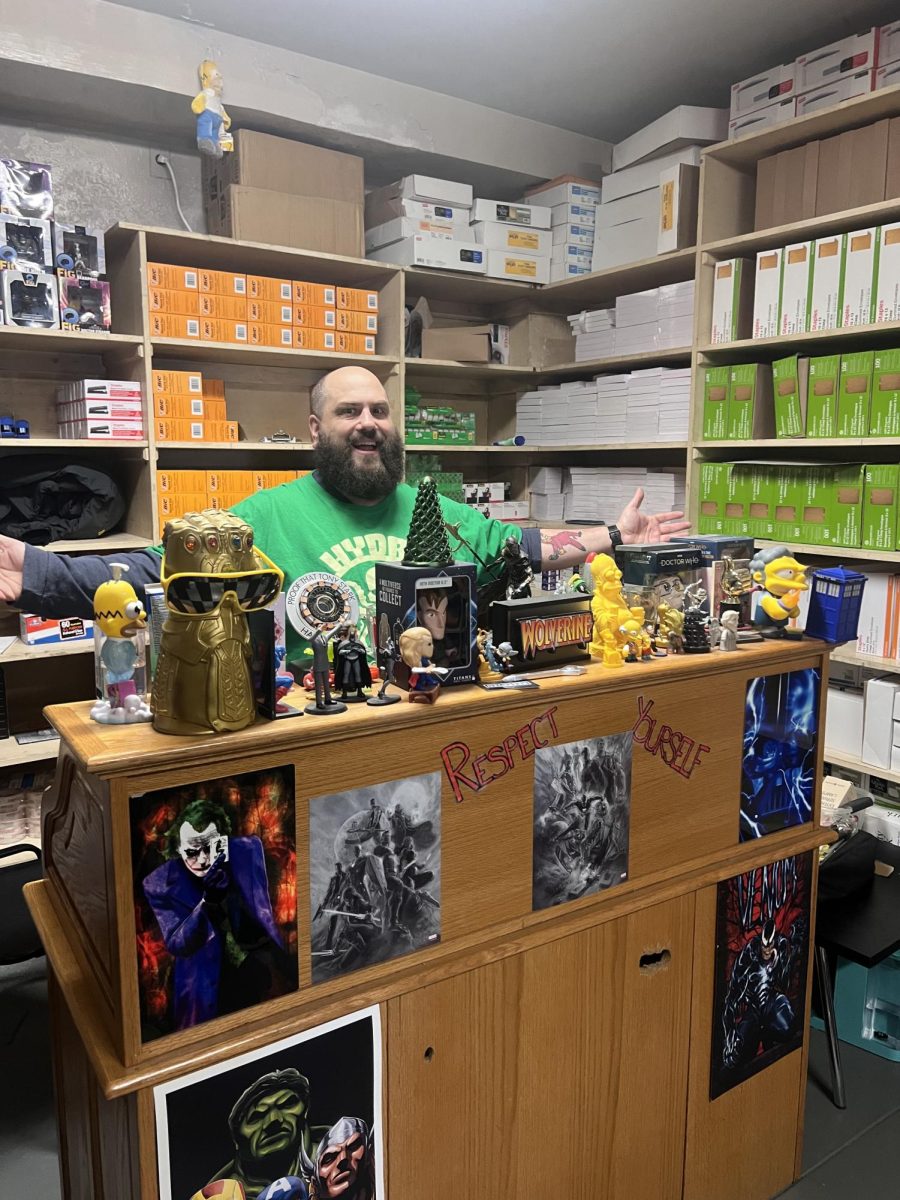In early March, FHHS’s Drama Academy put on an electrifying show based on Arthur Miller’s 1953 play, "The Crucible." The mixed junior-senior...
On Jan. 20, 2025, President Trump was sworn in to a rare non-consecutive second term. The last time an event like this occurred was in the late...
Teens arrested for subway surfing. Man arrested for setting sleeping women on fire in the F train. Subway shovers. Pick-pockets and robberies. These...
Forest Hills High School’s Annual Talent Show commenced on Thursday, February 6. This year’s show showcased dance teams, student bands, solo...
As the new school year has begun, academic pressures and social dynamics have started to evolve. Many students face mental health challenges...
The option to take online physical education in place of in person physical education instruction was offered at Forest Hills High School for...
 School NewsA Guided Tour With Terry Parris Jr., Editor of Solution-Oriented NYT Column, "Headway"
School NewsA Guided Tour With Terry Parris Jr., Editor of Solution-Oriented NYT Column, "Headway"Amoy Chambers, Assistant Editor-in-Chief | May 27, 2025

 Beings of The Beacon
Beings of The BeaconYasmin Cinto, Social Media Associate | April 9, 2025
 Entertainment and Lifestyle
Entertainment and LifestyleKathryn Naydenova and Nico Masud | April 7, 2025
 Beings of The Beacon
Beings of The BeaconYasmin Cinto, Social Media Associate | January 31, 2025
This poll has ended.
Which NBA team is going to win the '25 NBA Eastern Conference Finals?
Sorry, there was an error loading this poll.
The New York Knicks, duh! LGK!
The Indiana Pacers, obviously. They're already up 2-1!
Picture this: You’re an upperclassman and your first period of the day starts
Faiza Islam, News Editor
December 13, 2024
Ameera Vishudanand, Web Designer+ Editor
December 6, 2024
Yupar Naing, Public Relations Manager + Events Coordinator
December 6, 2024
James Cunningham, Reporter
December 6, 2024
Your donation will support the student journalists of Forest Hills High School. Your contribution will allow us to purchase equipment and cover our annual website hosting costs.
View this profile on InstagramThe Beacon (@fhhsbeacon) • Instagram photos and videos